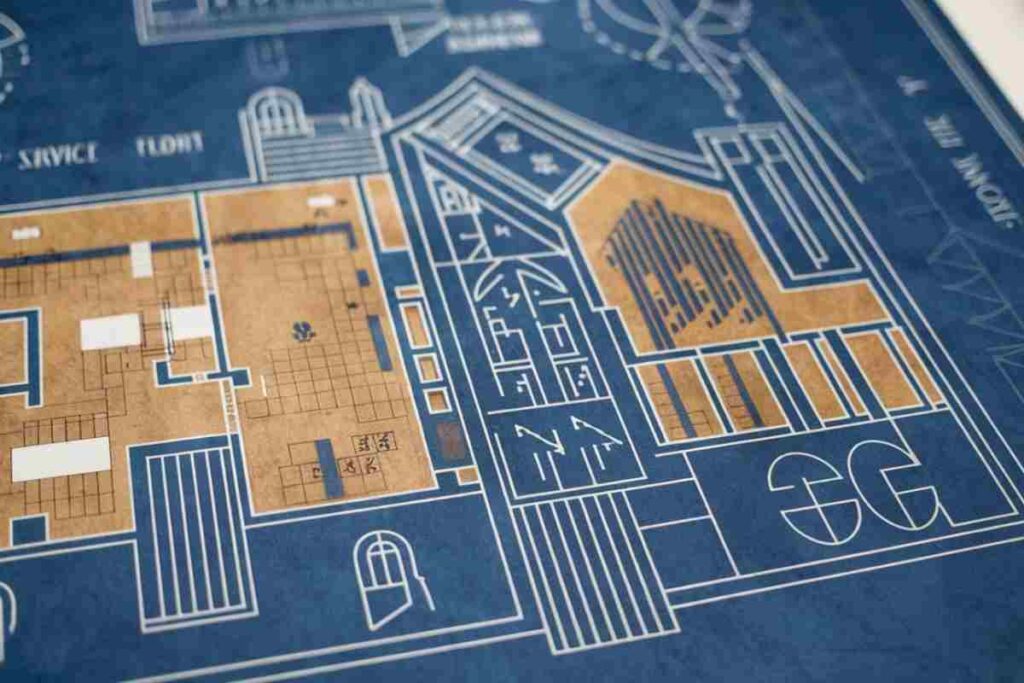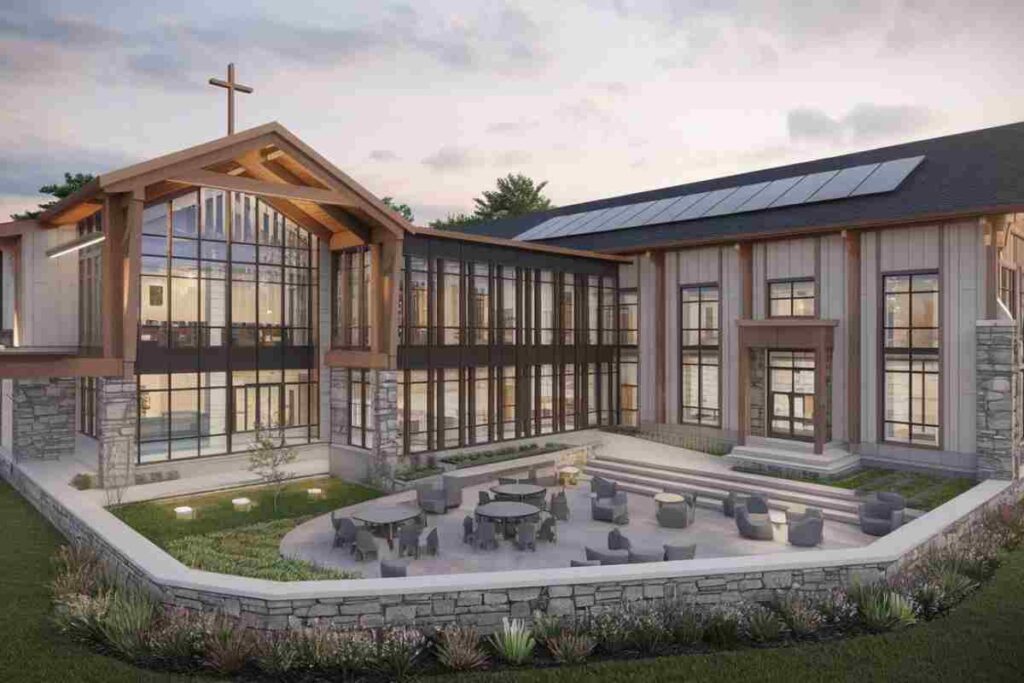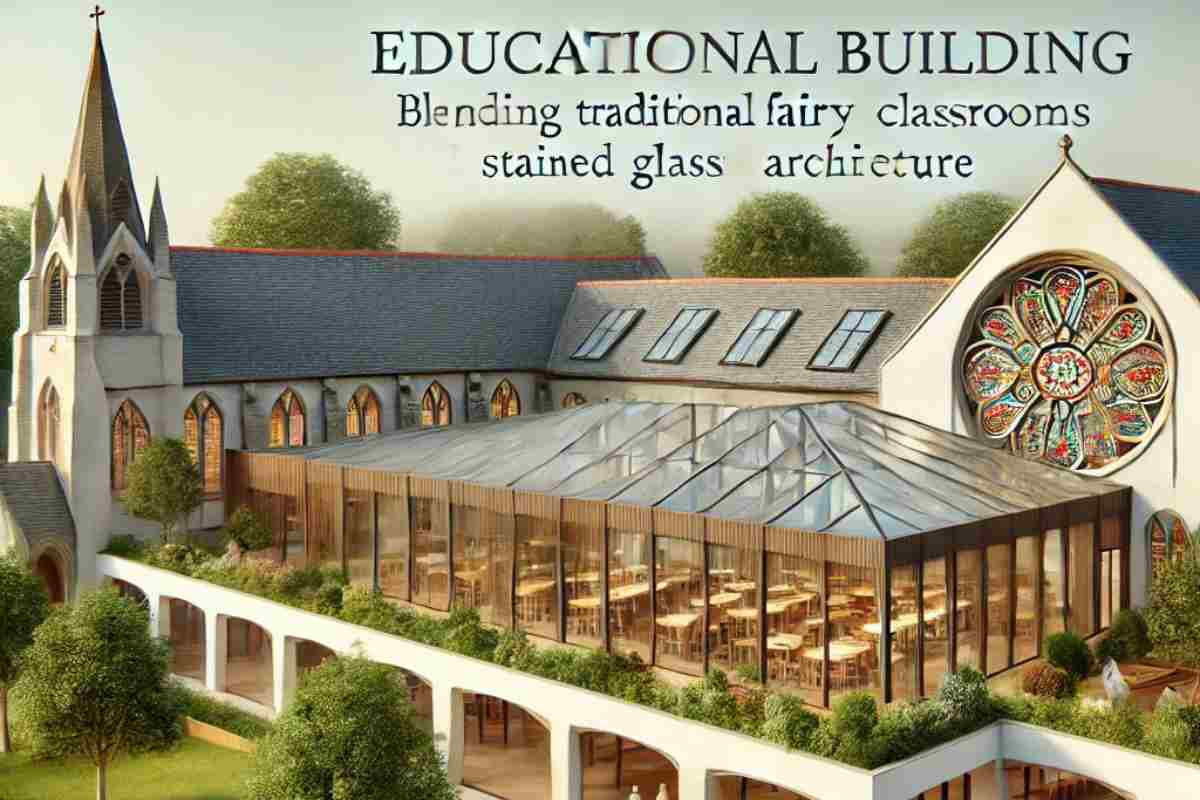- The Philosophy Of Edmund Rice Architecture – Core Principles!
- Key Architectural Characteristics Of Edmund Rice Design
- The Role Of Symbolism In Edmund Rice Architecture – Modern Symbolic Adaptations!
- The Educational Impact Of Edmund Rice Architecture
- Integrating Nature In Edmund Rice Architectural Spaces
- Schools Reflecting Edmund Rice’s Legacy
- Places Of Worship In Edmund Rice Architectural Tradition
- Sustainability And Edmund Rice Architecture In The Modern Era
- Practical Adaptations For Modern Learning Environments
- Community Engagement Through Architecture
- Competitor Insights And Edmund Rice Architectural Trends
- Evergreen Principles In Edmund Rice Architecture
- Conclusion
- FAQs
- What inspired Edmund Rice’s architectural style?
- How does Edmund Rice architecture impact modern schools?
- What are key features of Edmund Rice buildings?
- Why is symbolism important in Edmund Rice architecture?
- How is sustainability incorporated into Edmund Rice architecture?
- How does Edmund Rice archi-tecture enhance learning?
- How does this architecture promote community?
- How has Edmund Rice architecture adapted to modern needs?
Edmund Rice architecture has transcended generations to remain an influential design philosophy that integrates faith, education, and community.
Founded by Edmund Rice, this architectural style embodies principles of compassion, community service, and spiritual growth.
In today’s fast-evolving educational and architectural landscapes, the influence of Edmund Rice architecture continues to offer fresh relevance and insights.
This approach not only preserves his legacy but also aligns with current trends emphasizing sustainability, flexibility, and inclusivity in public spaces.
The Philosophy Of Edmund Rice Architecture – Core Principles!

Edmund Rice, a visionary educational leader, founded the Christian Brothers, an organization aimed at providing education rooted in faith and service.
This architectural philosophy emphasizes spaces that inspire collaboration, spiritual reflection, and community bonding.
Buildings influenced by this style are thoughtfully designed to be more than just functional spaces; they are sanctuaries for growth and learning.
- Fostering a sense of belonging
- Providing calm, restorative environments
- Integrating symbols of faith and nature
Key Architectural Characteristics Of Edmund Rice Design
The architecture inspired by Edmund Rice is known for its distinctive features that encourage interaction, reflection, and community involvement. Major characteristics include:
- Open Layouts: Spaces that support collaboration
- Symbolic Elements: Crosses, stained glass, and other faith symbols
- Natural Integration: Courtyards and gardens that bring nature indoors
The Role Of Symbolism In Edmund Rice Architecture – Modern Symbolic Adaptations!
Edmund Rice architecture places significant emphasis on religious symbolism. Faith-based symbols such as crosses and stained glass windows are common features, creating a visually impactful reminder of the faith-centered mission.
In modern spaces, these symbols are often adapted subtly to harmonize with contemporary aesthetics while preserving their spiritual essence.
- Integrating stained glass in minimalistic forms
- Using faith symbols as motifs in modern furnishings
The Educational Impact Of Edmund Rice Architecture
Edmund Rice architecture has been instrumental in transforming educational spaces.
The emphasis on open, collaborative spaces supports diverse teaching styles, which are crucial for today’s flexible and interactive learning environments.
- Flexible Classrooms: Classrooms with adaptable furniture arrangements
- Technology Integration: Supporting digital learning and interactive sessions
- Engagement Areas: Creating community-focused areas that foster student connections
Integrating Nature In Edmund Rice Architectural Spaces
Natural elements are a hallmark of Edmund Rice architecture, helping to create calm and restorative spaces.
In many designs, expansive windows, courtyards, and gardens invite the outdoors in, contributing to the well-being of students and staff.
| Feature | Description |
| Large Windows | Maximizes natural light, reducing the need for artificial lighting |
| Courtyards and Gardens | Provides tranquil spaces for relaxation and reflection |
| Eco-Friendly Materials | Enhances sustainability and supports environmental responsibility |
Schools Reflecting Edmund Rice’s Legacy

Many schools inspired by Edmund Rice’s vision embody his educational philosophy. Notable examples include:
- Christian Brothers High School, Sacramento: Features a contemporary layout with ample natural light and community-focused spaces.
- St. Joseph’s College, Sydney: Balances traditional architecture with modern facilities, fostering an environment of innovation and tradition.
These schools not only serve as places of learning but also as spaces where students can grow in faith and compassion.
Places Of Worship In Edmund Rice Architectural Tradition
Churches and chapels inspired by Edmund Rice architecture are designed with grandeur and reverence, often incorporating classical architectural elements.
Examples like St. Patrick’s Cathedral in Melbourne feature domes, columns, and intricate stained glass, creating a sense of awe and spiritual depth.
Sustainability And Edmund Rice Architecture In The Modern Era
With environmental concerns at the forefront, modern adaptations of Edmund Rice archi-tecture prioritize sustainability.
Eco-friendly building materials, energy-efficient systems, and sustainable landscaping practices align with today’s emphasis on environmental stewardship.
- Recycled materials and green building certifications
- Water-efficient landscaping and rainwater harvesting systems
- Solar panels and LED lighting for energy efficiency
Practical Adaptations For Modern Learning Environments
Contemporary designs inspired by Edmund Rice architecture have evolved to meet today’s educational needs.
These designs incorporate modular furniture, digital learning tools, and multi-purpose spaces that can transform as needed.
- Modular Classrooms: Adapt to various group sizes and teaching methods
- Digital Learning Stations: Equipped with the latest technology
- Multipurpose Halls: Host classes, events, and community gatherings
Community Engagement Through Architecture
A key principle of Edmund Rice architecture is fostering community engagement. Schools and churches often feature multi-functional areas that host community events, service activities, and gatherings, encouraging a sense of unity and collaboration.
- Community Halls: Designed to accommodate various community functions
- Service Spaces: Areas specifically designated for charitable activities
- Open Access: Spaces accessible to the wider community, promoting inclusivity
Competitor Insights And Edmund Rice Architectural Trends
Analyzing architectural trends from top competitors in educational and religious spaces reveals an increasing focus on:
- Inclusive Design: Spaces accommodating diverse learning needs
- Health-Oriented Architecture: Using materials and layouts that promote well-being
- Cultural Integration: Blending traditional and modern aesthetics to appeal to a wider audience
Evergreen Principles In Edmund Rice Architecture

The core values behind Edmund Rice’s architectural philosophy faith, service, and community are timeless, making this style highly adaptable.
Even as architectural trends change, the essence of Edmund Rice’s vision remains relevant and influential.
| Evergreen Principle | Modern Relevance |
| Faith-Centered Design | Meets the growing demand for spiritually enriching spaces |
| Community Engagement | Supports modern goals of inclusivity and accessibility |
| Sustainability Focus | Aligns with environmental and eco-friendly building standards |
Conclusion
Edmund Rice architecture is a profound example of how design can serve not only functional but also spiritual and communal purposes.
Through thoughtful layout, symbolic elements, and nature integration, this architectural style fosters a sense of belonging and reflection.
As we move forward, Edmund Rice’s architectural philosophy remains a powerful inspiration, guiding the creation of spaces that are not only educational and spiritual sanctuaries but also sustainable and inclusive environments that honor his legacy.
FAQs
What inspired Edmund Rice’s architectural style?
Edmund Rice’s architecture was inspired by his faith and dedication to serving marginalized youth, focusing on community, spiritual growth, and education through thoughtful design.
How does Edmund Rice architecture impact modern schools?
It influences modern schools by promoting open, collaborative spaces that support flexible learning, community engagement, and emotional as well as academic development.
What are key features of Edmund Rice buildings?
Key features include open layouts, religious symbols like crosses and stained glass, and natural elements like gardens and large windows to foster community and tranquility.
Why is symbolism important in Edmund Rice architecture?
Symbolism, including crosses and stained glass, reflects the Christian faith and mission of the Christian Brothers, adding spiritual depth to the learning environment.
How is sustainability incorporated into Edmund Rice architecture?
Modern Edmund Rice-inspired buildings use eco-friendly materials, energy-efficient systems, and sustainable landscaping, aligning with values of environmental stewardship.
How does Edmund Rice archi-tecture enhance learning?
It creates dynamic learning environments with flexible classrooms, communal spaces, and natural light, supporting both individual and collaborative learning.
How does this architecture promote community?
It fosters community by providing multifunctional spaces for events and activities, encouraging interaction between students, staff, and the local community.
How has Edmund Rice architecture adapted to modern needs?
It now includes technological integration, flexible spaces, and sustainable materials, while maintaining core principles of faith, inclusivity, and community.




